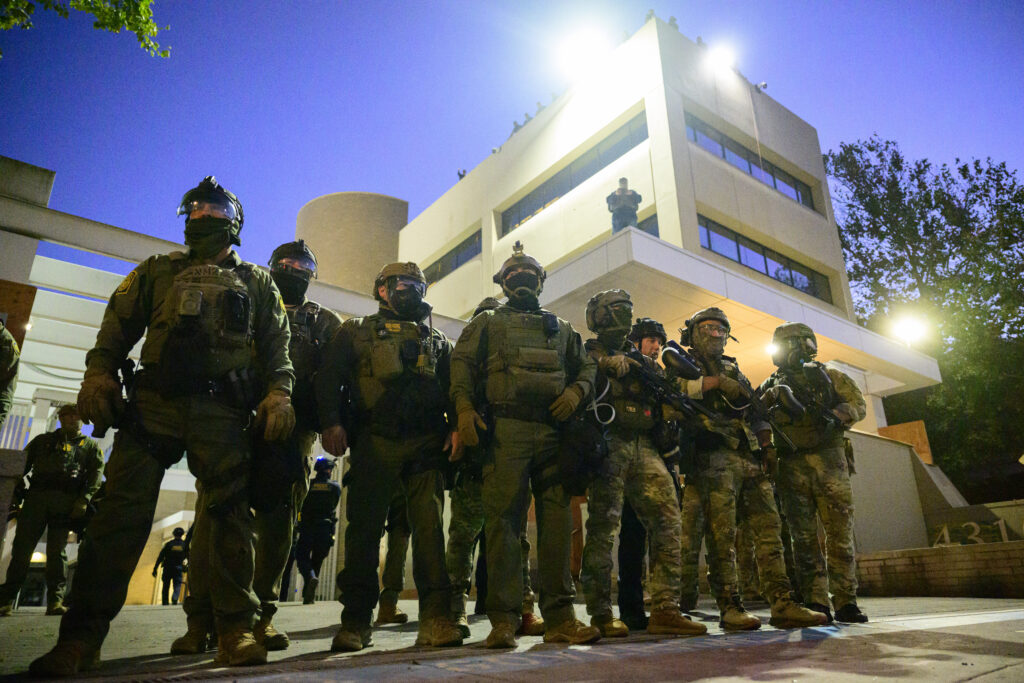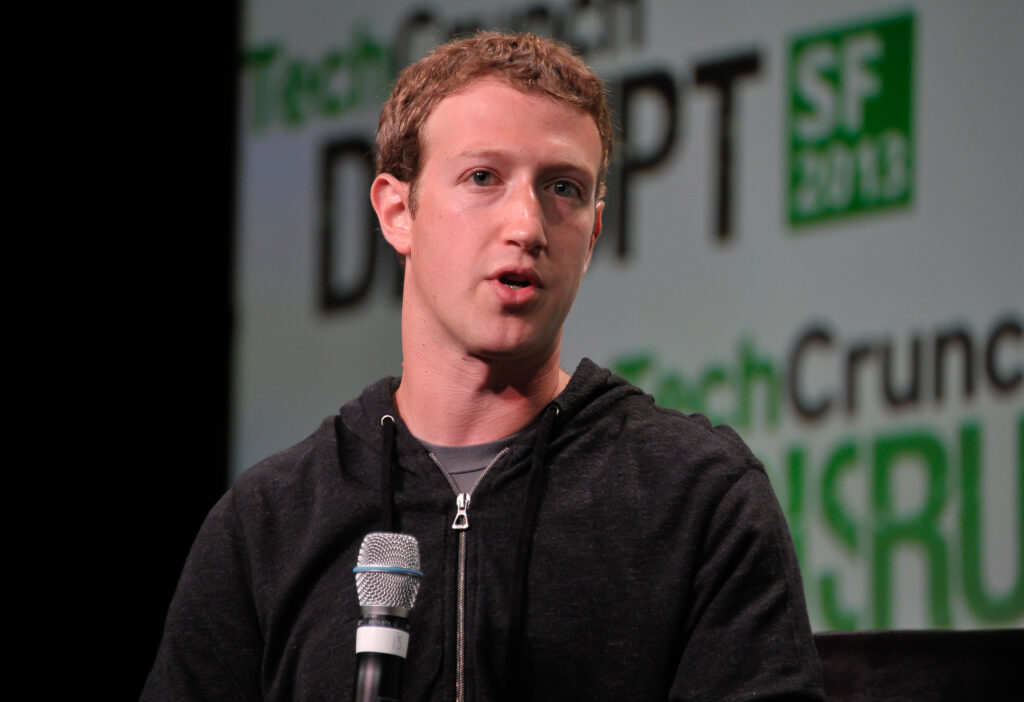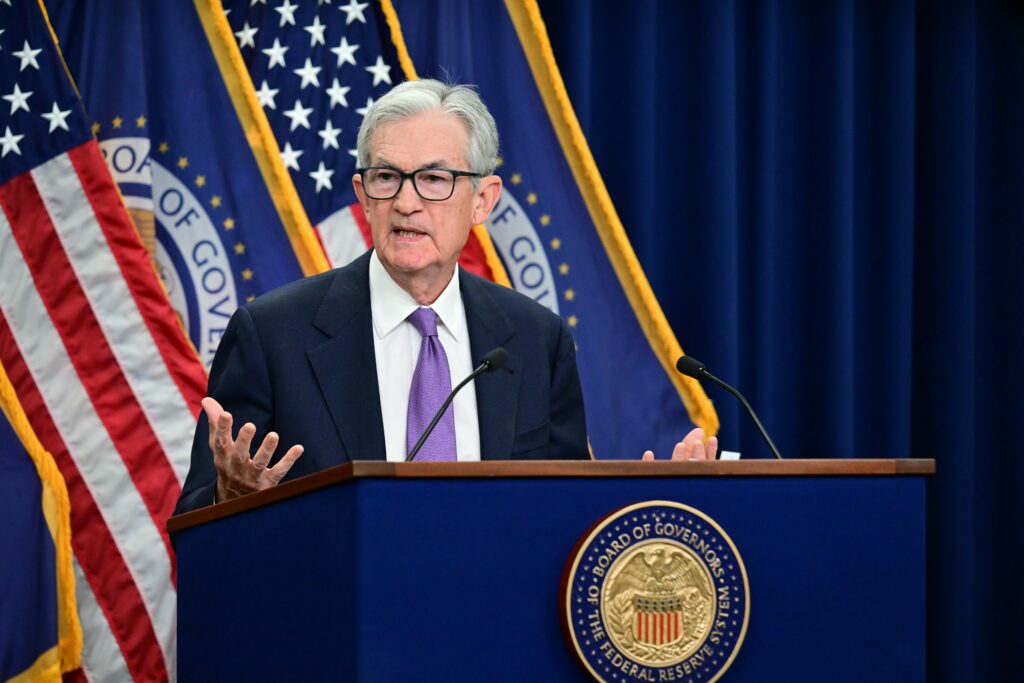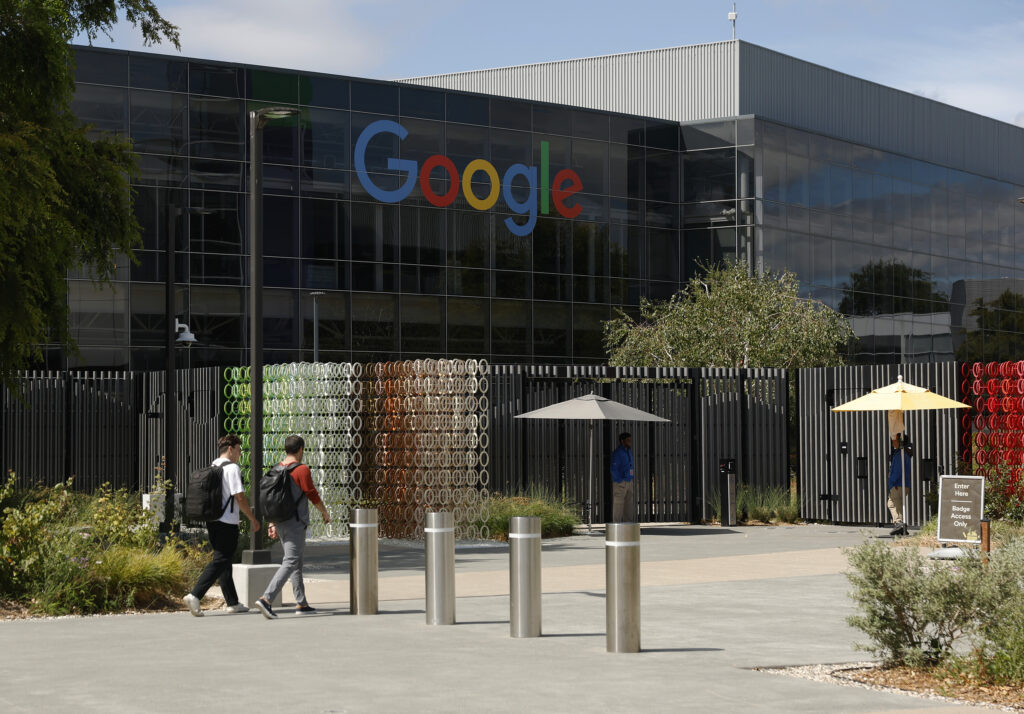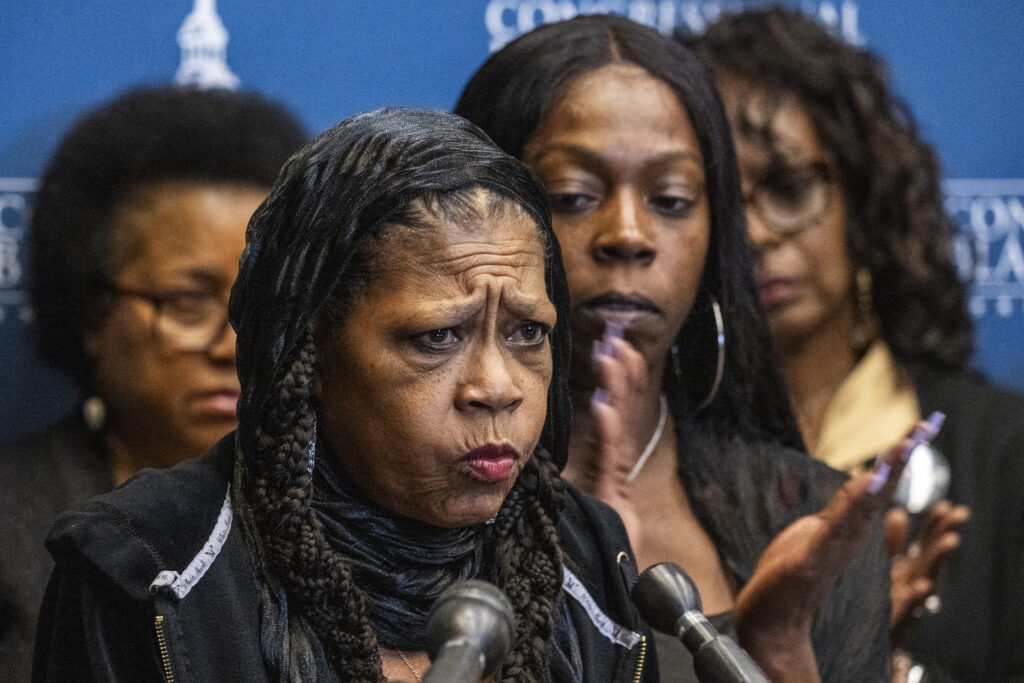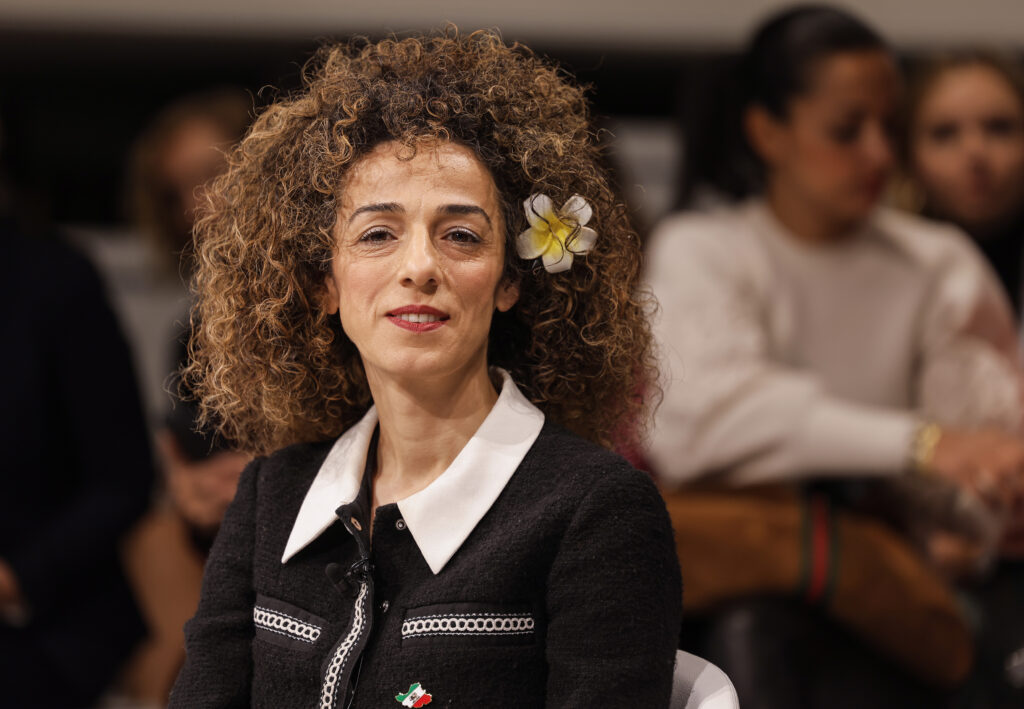Portland Guard deployment blocked, Supreme Court wants more time on Chicago
A US appeals court has temporarily blocked President Donald Trump from deploying National Guard troops in Portland, Oregon, as part of his sweeping crackdown on crime and immigration.The Supreme Court asked for more time and additional briefing materials, meanwhile, before ruling on Trump’s emergency request to deploy troops in Chicago, another Democratic-run city.The Republican president has sent National Guard troops to three Democratic-led cities this year — Los Angeles, Washington and Memphis — but his efforts to deploy soldiers in Portland and Chicago have been tied up in the courts.A Trump-appointed district court judge blocked the deployment of National Guard troops in Portland but was overruled by a three-judge panel on the 9th Circuit Court of Appeals.The 9th Circuit voted late Tuesday, however, to have the case reheard by an 11-judge panel, a move which prevents National Guard troops from deploying in Portland for now.Oregon’s Democratic Attorney General Dan Rayfield, who has filed suit to block the use of the National Guard, welcomed the ruling.”The Constitution limits the president’s power, and Oregon’s communities cannot be treated as a training ground for unchecked federal authority,” Rayfield said. “The court is sending a clear message: the president cannot send the military into US cities unnecessarily.”The US president has repeatedly called Portland “war-ravaged” and riddled with violent crime, a description dismissed as “simply untethered to the facts” by the district court judge who initially blocked the National Guard deployment.A district court and an appeals court have also blocked the use of National Guard troops in Chicago, the third-largest US city, and the Trump administration asked the Supreme Court in an emergency filing on October 17 to lift the lower court rulings.In a brief order on Wednesday, the conservative-dominated Supreme Court asked the Trump administration and the Illinois authorities who oppose the Chicago deployment to submit additional written filings in the case by November 17.Trump’s extraordinary domestic use of the National Guard was also challenged by California earlier this year after the president sent troops to Los Angeles to quell protests sparked by the rounding up of undocumented migrants.A district court judge ruled it unlawful but an appeals court panel allowed the Los Angeles deployment to proceed.
